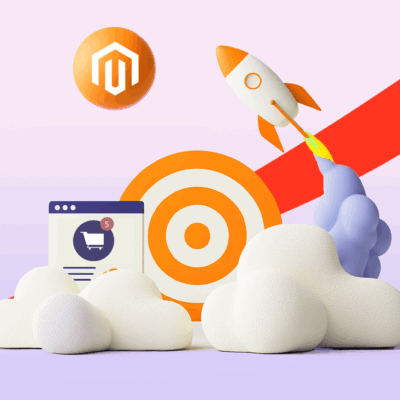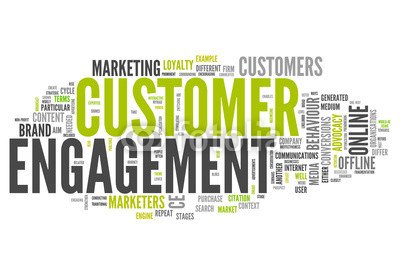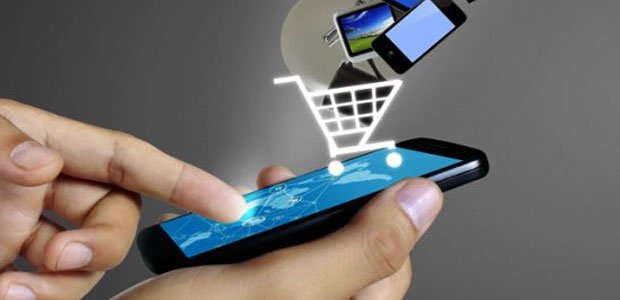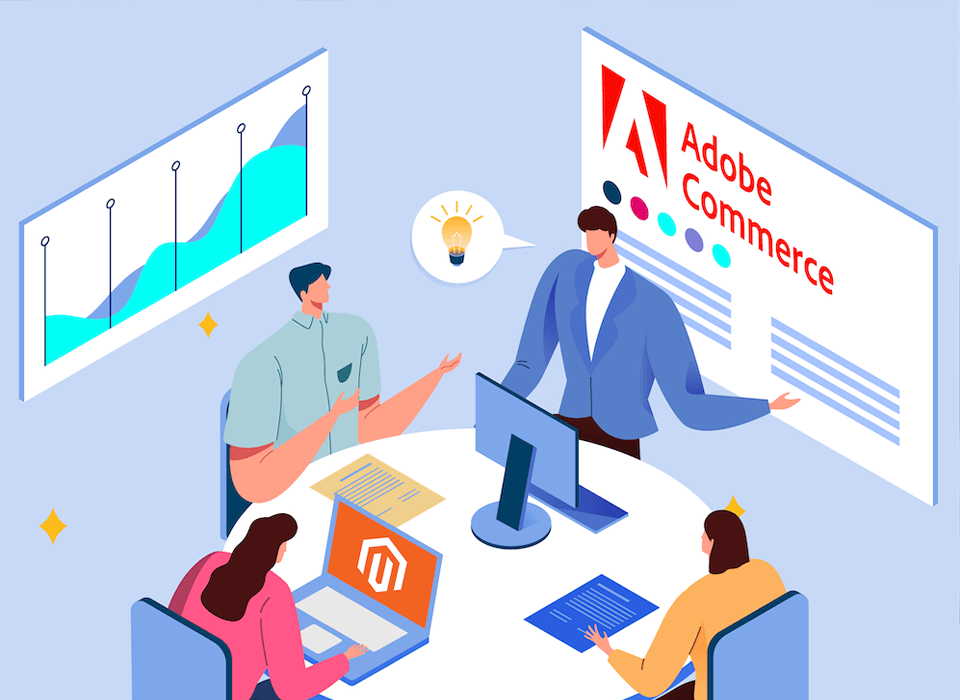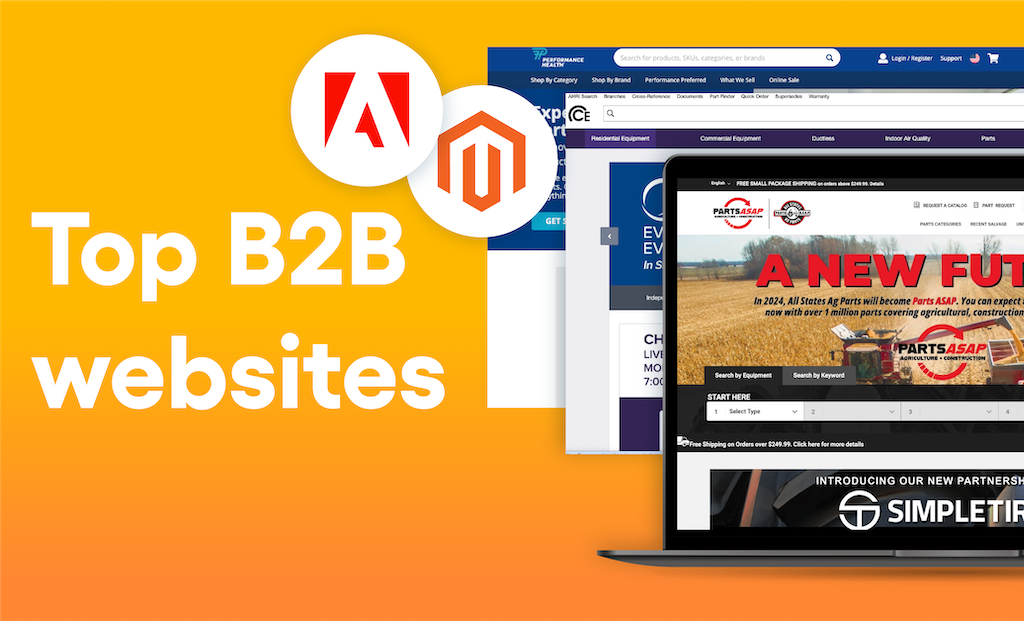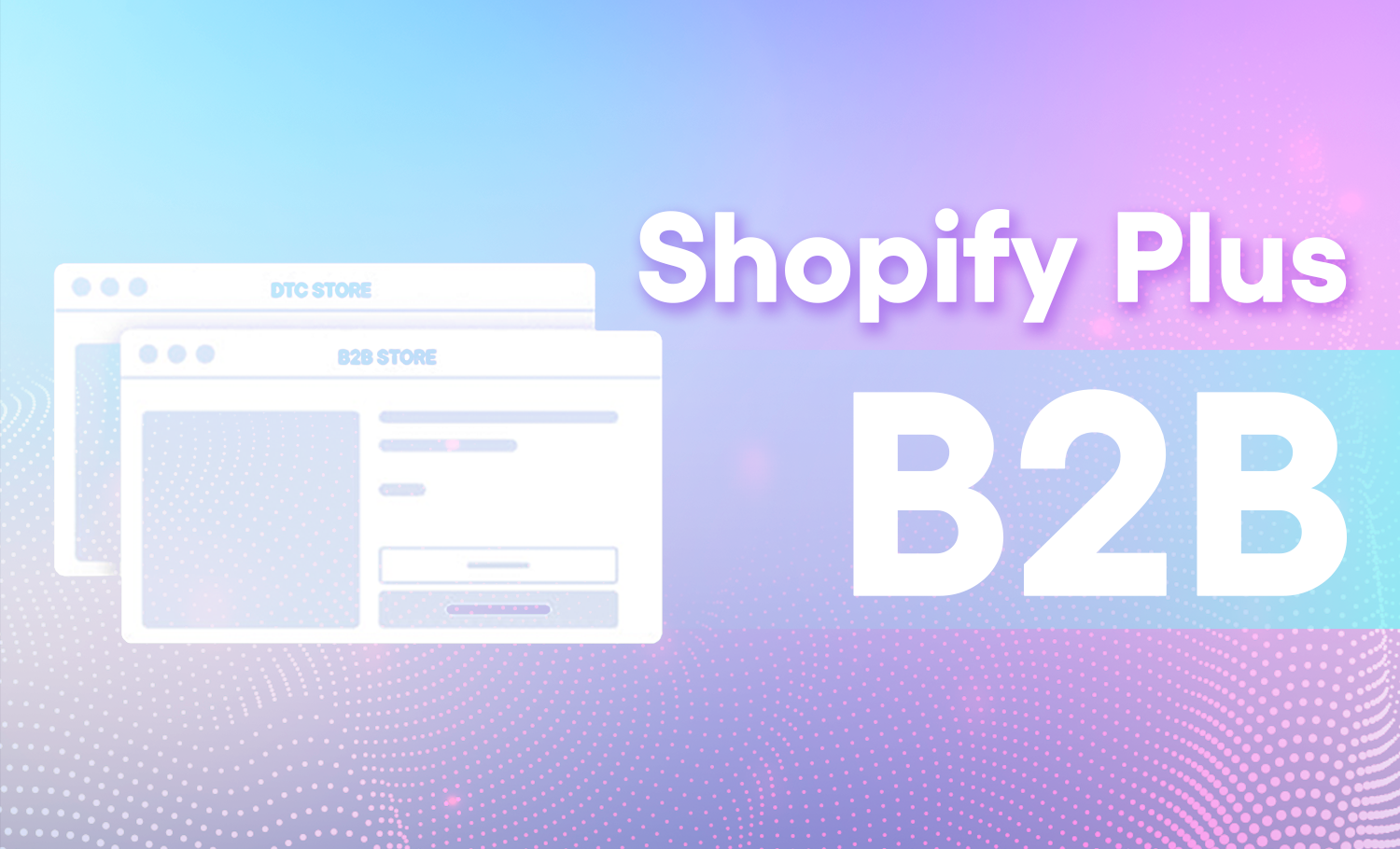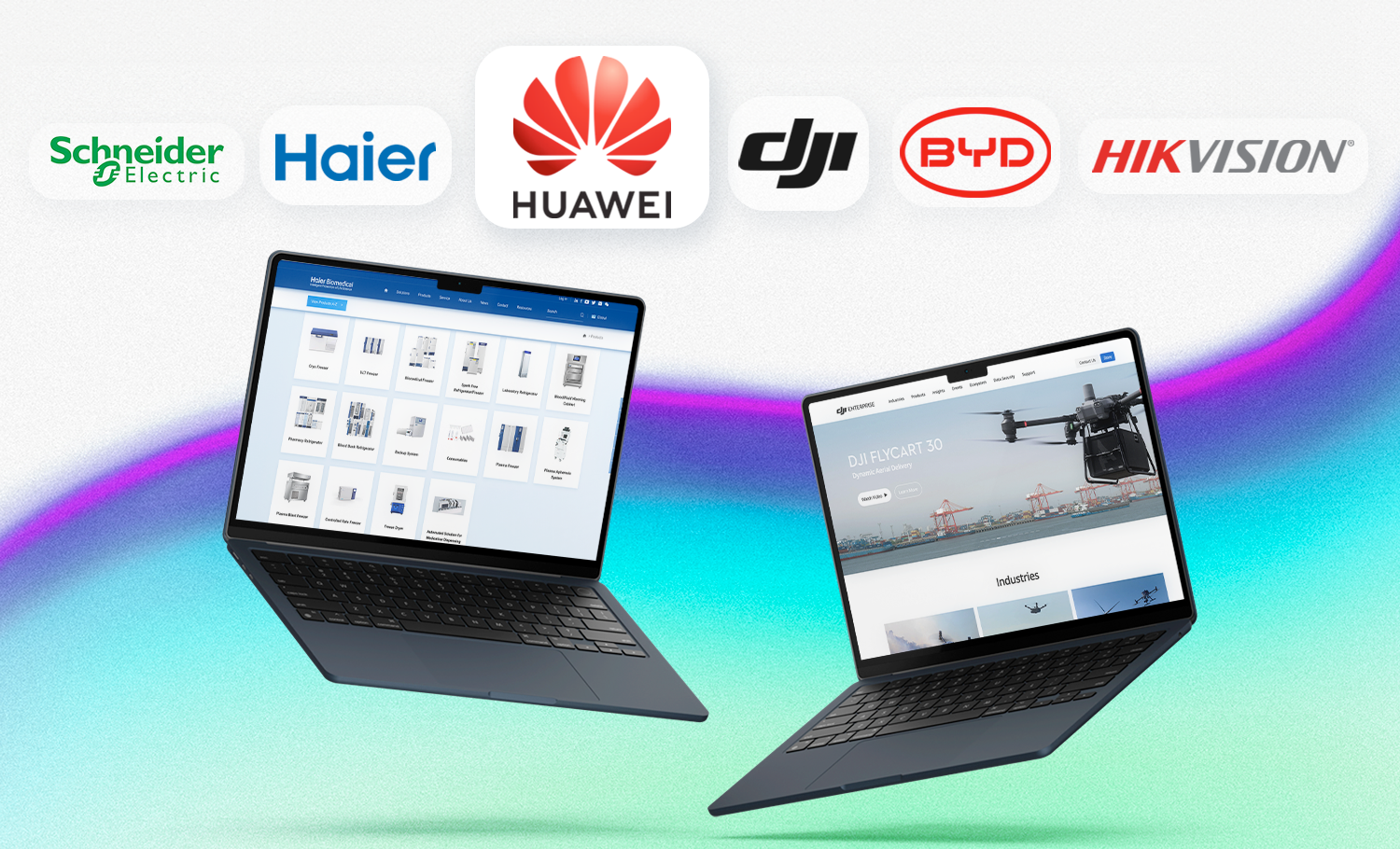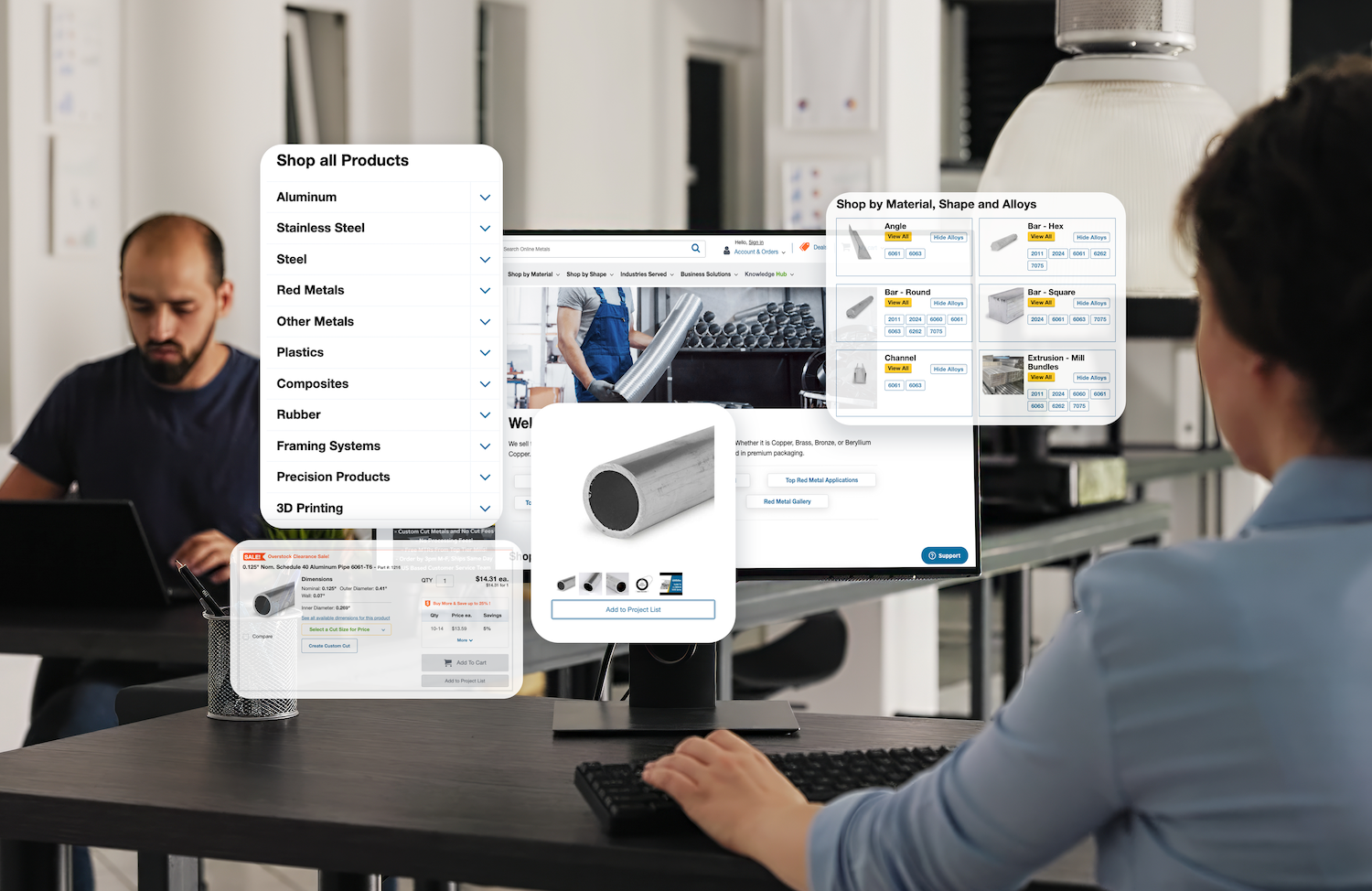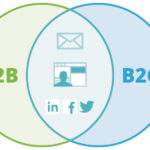B2B and B2C marketers are selling products to very different groups of customers, so naturally they tend to adopt different strategies to improve their business. However, there is in fact a lot that the two different styles of marketers can learn from each other.
When it comes to 2016, there are three major things that B2B sellers can learn from B2C professionals to improve their business. Starting from:
Segment your audience

B2C rely heavily on demographic and social data to track the right individuals as their target customers, while many B2B brands tend to overlook the power of targeting. However, in B2B’s world, Buyer personas still play a crucial role. They allow marketers to segment their market and fill the funnel with qualified leads that are more likely to convert.
The reason behind customer segmentation is simple: Different customers want different products, and one-size-fits-all is not a good solution. For example, you cannot expect every customer to order the same food if you’re running a restaurant. So, always make sure you know your target audience and its needs before you start your business.
Engage with your customers
B2C businesses excel at customer engagement. They rely heavily on their customers for feedback, new ideas, and promotion. As a result they will attract new customers, and strengthen the power of their brand. Meanwhile B2B marketers are lacking of engagement with customers. This often leads to miss opportunities to improve customer experience.
Consumers expect to be engaged in a way that speaks to their individual needs at that moment. Today’s B2B customers are very similar to individual consumers. Luckily, B2B eCommerce platform has great features to help you connect with your customers in a regular basis, such as e-mail marketing and group messaging. With the help of those, B2B marketers can surely turn leads into long-term business relationships.
Embrace Mobile Commerce
Mobile commerce is one of the areas where B2B marketing is still catching up—many B2B marketers have assumed that B2B buyers don’t use mobile devices to the same extent that consumers do, which can be wrong.
The fact is that B2B buyers engage with content and make purchasing decisions in similar ways to their lives as consumers. Based on the research from Panvista Mobile, 59 percent of B2B purchase decision makers and influencers use smartphones to gather information about B2B products and services, and 65 percent of executives are “comfortable making a business purchase from a mobile device.”
As a result, mobile commerce has become a must-do thing for today’s B2B businesses. Ever wondering if you will have enough time, budget and energy managing both offline sales and online mobile commerce? The integrated eCommerce platform will find you a perfect balance between Omni-channel businesses.
What's the Major Takeaway?
In General, B2B buyers are “people” too. Thus, B2B sellers, like their B2C counterparts, are selling to people – not entities. There are a lot of lessons that B2B businesses can learn from the B2C world—be engaging, be creative, and deliver the content in a way that is most relevant.
Read More about B2B eCommerce:

